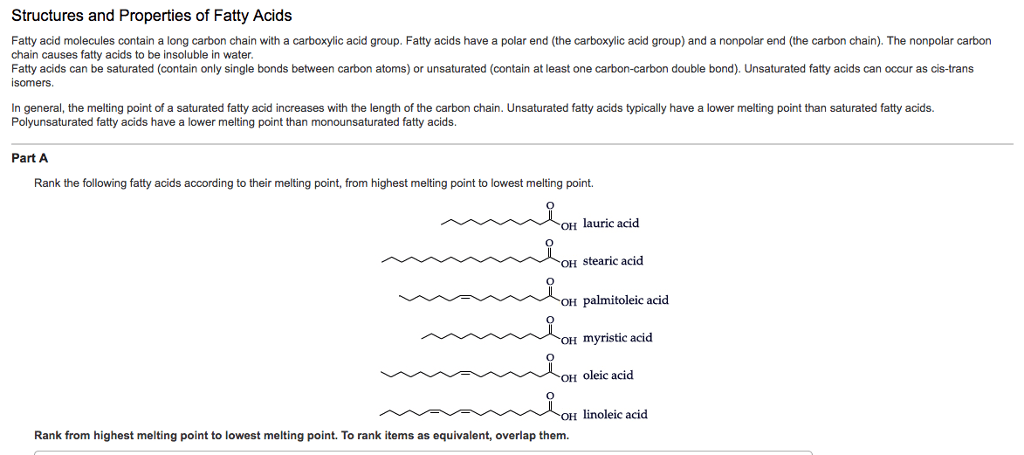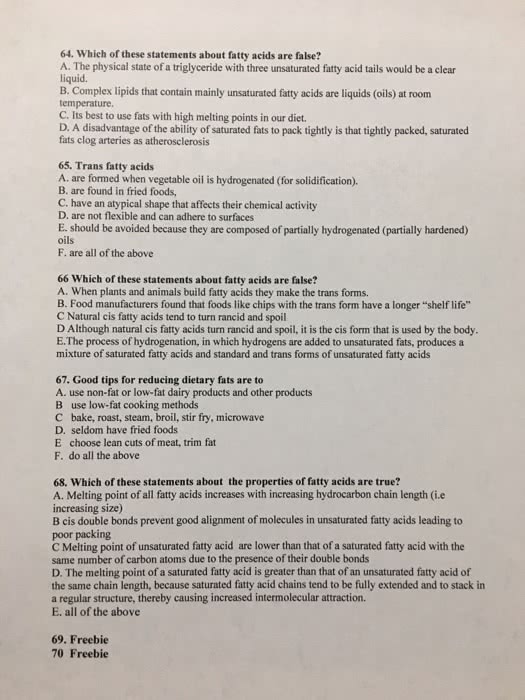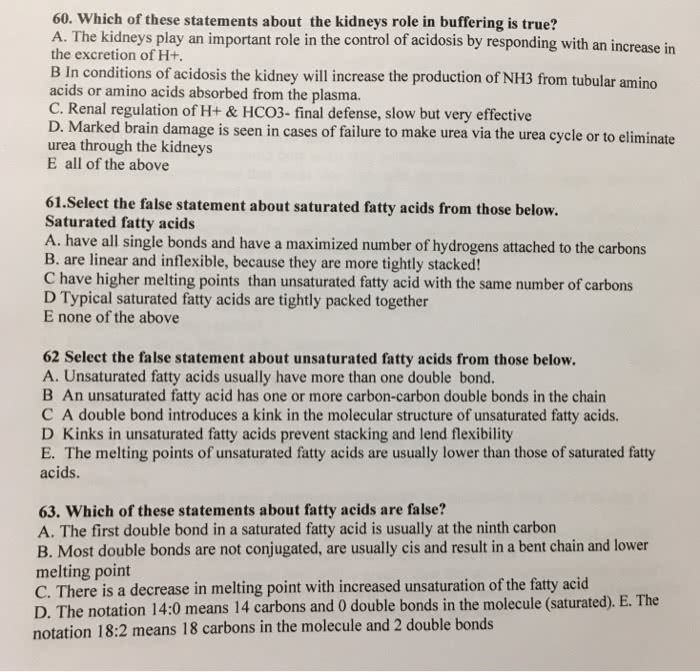Biochemistry 3380G Lecture Notes - Glycerophospholipid, Glycerol, High-Density Lipoprotein
52 views2 pages
6 Dec 2012
School
Department
Course
Professor
Document Summary
A lipid is a biological molecule that is not very soluble in water (practically insoluble means hydrophobic). An example of a practical application of lipids in the body is the lipid bi-layer of which all cell membranes are comprised. Saturated fatty acids are saturated with hydrogen atoms. Monounsaturated fatty acids contain 1 element of unsaturation (1 double bond). there are 2 ways you can make unsaturated fats: as a trans or cis stereoisomer. The difference between the two is in the orientation of the substituents (hydrogen atoms) as there can be no rotation about the double bond. The cis stereoisomer causes fatty acids to form a kink (bend in its shape). Double bonds in biological systems will tend to put bonds in specific places (between carbons 9 and 10). Cis double bond arrangements are the norm; trans double bond arrangements are rare in nature (synthetic).
Get access
Grade+
$40 USD/m
Billed monthly

Homework Help
Study Guides
Textbook Solutions
Class Notes
Textbook Notes
Booster Class
10 Verified Answers
Class+
$30 USD/m
Billed monthly

Homework Help
Study Guides
Textbook Solutions
Class Notes
Textbook Notes
Booster Class
7 Verified Answers


